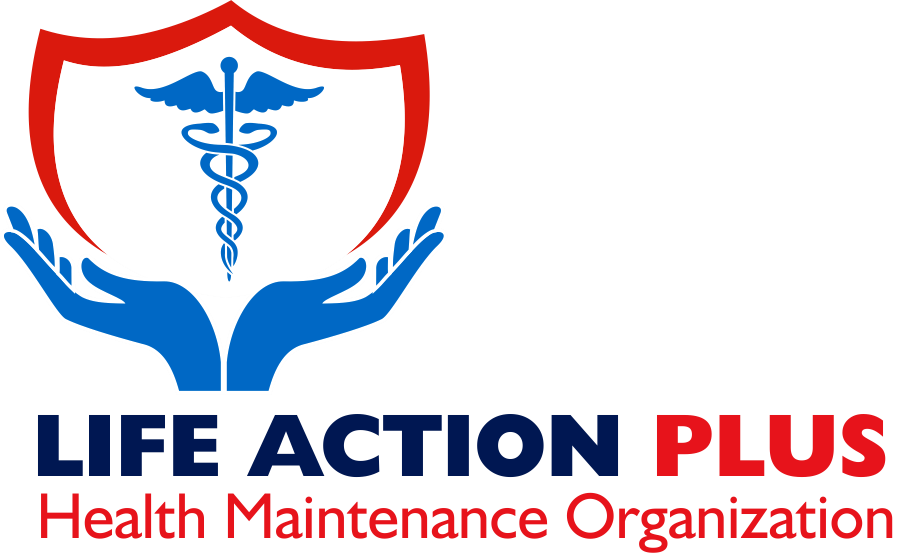Acute respiratory distress syndrome (ARDS) is a severe and life-threatening condition that occurs when the lungs fail to function properly. It is not a standalone illness but rather a serious complication that arises from other medical conditions. When ARDS develops, the lungs become inflamed and filled with fluid, making breathing extremely difficult. Immediate medical attention is required, as this condition can rapidly become fatal if left untreated.
Who Is at Risk?
ARDS primarily affects individuals who are already facing serious health challenges. It often develops due to complications from underlying conditions or external factors that severely impact lung function. Some of the most common causes include:
Sepsis – A severe infection that spreads through the bloodstream.
Pneumonia and other infections – Bacterial or viral infections that affect the lungs.
Acute pancreatitis – Inflammation of the pancreas that can trigger a severe immune response.
Inhaling vomit or food – Accidental aspiration can lead to lung injury.
Drowning – Water in the lungs can cause severe damage and inflammation.
Smoke inhalation – Breathing in harmful fumes can lead to lung failure.
Severe physical injuries – Trauma to the body, especially to the chest, can trigger ARDS.
Blood transfusions and lung transplants – In some cases, complications from these procedures can contribute to ARDS.
Recognizing the Symptoms
The symptoms of ARDS develop quickly and worsen over time. The most common warning signs include:
Severe shortness of breath – Breathing becomes increasingly difficult.
Rapid, shallow breathing – The body struggles to take in enough oxygen.
As the condition progresses, oxygen levels in the blood drop dangerously low, leading to further complications that can affect vital organs.
Why Immediate Treatment Is Critical
ARDS is a medical emergency that requires urgent hospitalization. Without prompt intervention, it can lead to respiratory failure, organ damage, and death. Treatment focuses on providing oxygen support, reducing lung inflammation, and addressing the underlying cause.
Recognizing the early signs and seeking immediate medical care can make a life-saving difference.


